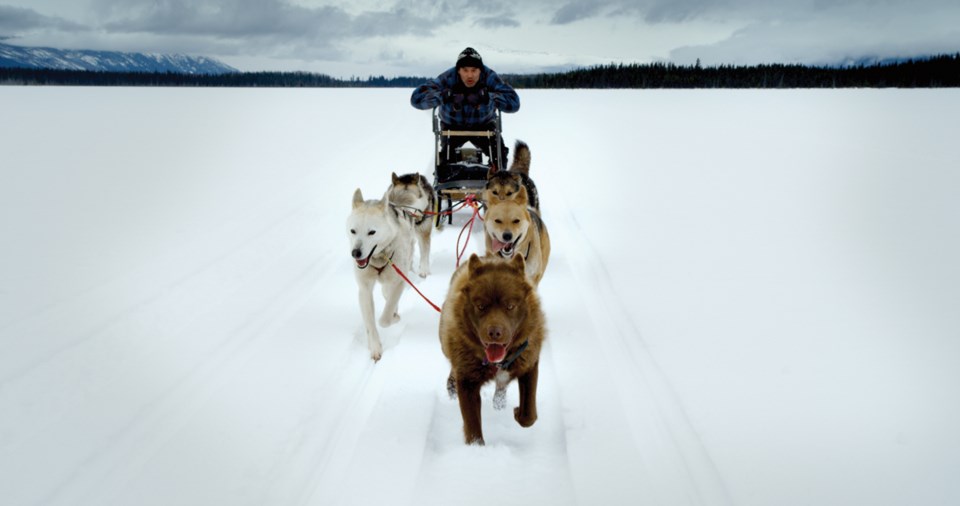There is no word for ‘wild’ in the Tahltan language – so how do you discuss terrain that other cultures describe as wild? Or, as Oscar Dennis of the Tahltan Nation asks in the first minute of KONELĪNE: our land beautiful, “How do you have an up if you don’t have a down?”
Who better to explore this question than a filmmaker whose last name happens to be Wild?
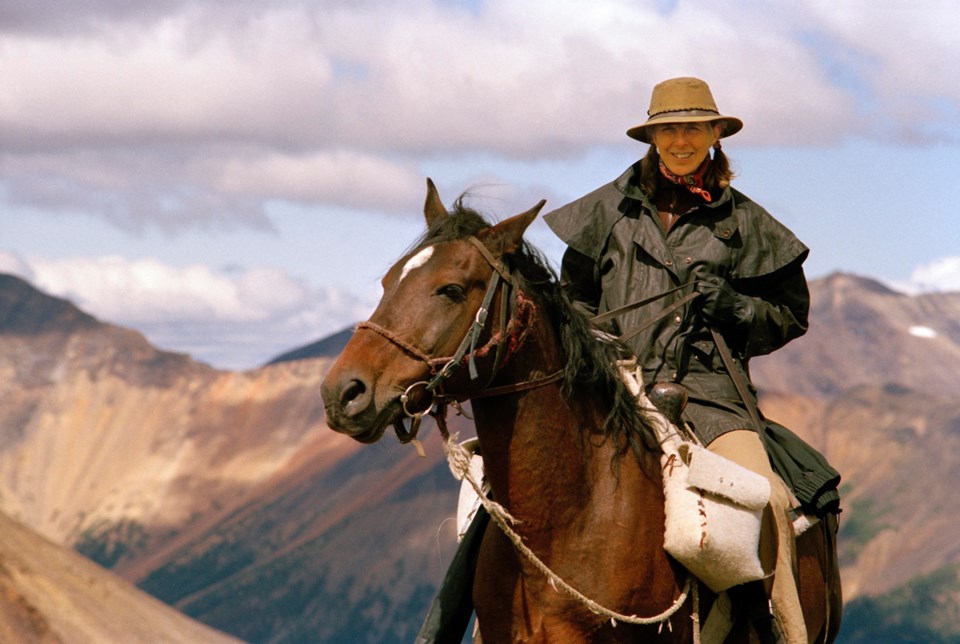
Vancouver filmmaker Nettie Wild – whose previous documentaries include FIX: The Story of an Addicted City and A Place Called Chiapas – sought to showcase the landscape and people of British Columbia’s northwest in KONELĪNE: our land beautiful, her feature-length doc thatwon the award for Best Canadian Feature Documentary at HotDocs earlier this year. In October, it had its hometown premiere at the 35th Vancouver International Film Festival, where Wild received Women in Film & Television Vancouver’s Artistic Merit Award.
Beginning Oct. 28, KONELĪNE: our land beautiful will enjoy an extended run at Vancity Theatre, before two screenings at the Rio Theatre in late November.
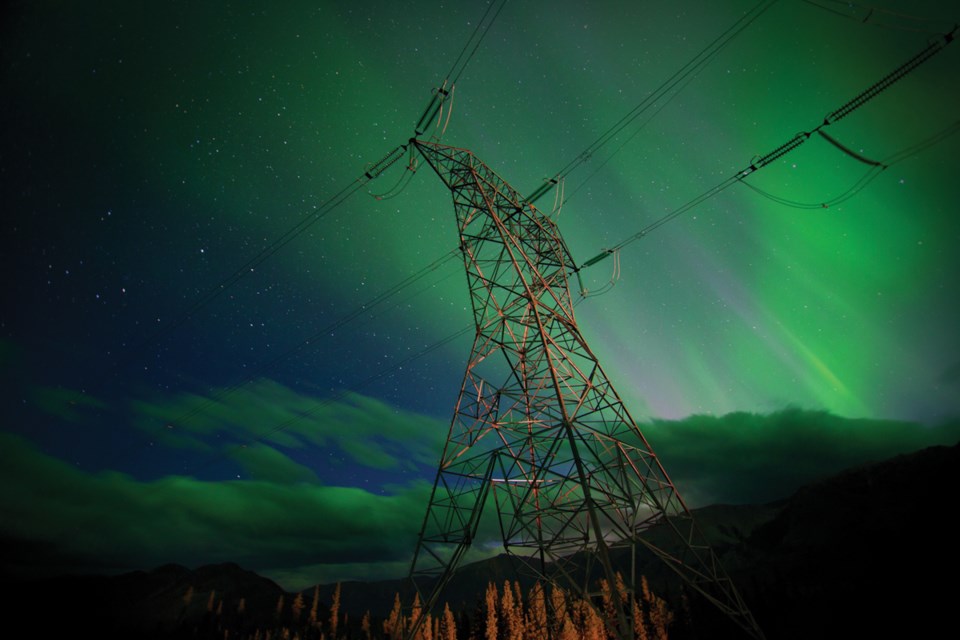
KONELĪNE – pronounced Koh-nah-lee-nah – translates to “our land beautiful” in the Tahltan language. Much of the action of the film is centered in Red Chris, BC, where Imperial Metals’ open-pit copper mine has divided the local Tahltan community. In 2015, elders from the Tahltan First Nation set up a blockade to protest the design of the tailing dam – a blockade that Wild features in her film.
In an era when agency and stewardship over this land and its resources are the subject of lawsuits, blockades, and protests, KONELĪNE: our land beautiful attempts to present the issues swirling around the land without taking a side, says Wild in a recent interview.
“For myself as an artist and just as a human being, I’ve become weary of films that tell you what to think,” she says. Any discussion about the north seems to devolve into a “big, polarized rhetorical debate. It’s really loud, and I’m not sure that a whole lot of people are listening anymore. And that led me to go, as a southerner, as an outsider, as much as I love this place, what is it that I can bring? And the answer was art.”
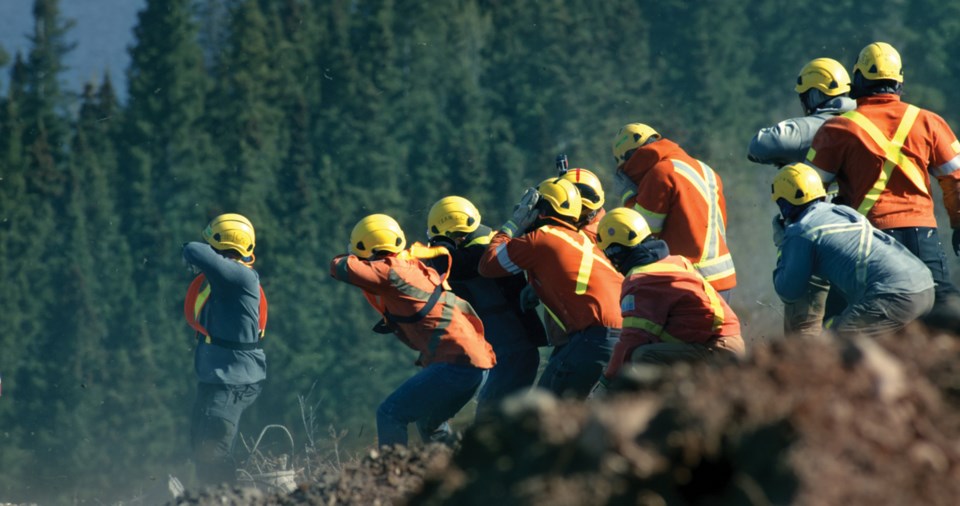
Thus, Wild and her small crew took an art-focused approach to making KONELĪNE: our land beautiful. They filmed their documentary as if they were shooting a dramatic feature (“When we were filming, we had a saying that if it looks like a beautiful BC postcard, we’d cut, and if it look likes an abstract oil, we’d roll. We wanted to film the familiar in an unfamiliar way”), and endeavored “to find the poetry in every single person in front of our lens, no matter what they did.”
They show a team of gold-seekers as they examine core samples extracted from the frozen ground. They show power lines being installed, and First Nations families fishing and hunting. They include stories from people who welcome industry, and people who abhor it.
“My assumption is that there is poetry in a diamond driller, there is poetry in a guy who is putting in the northwest transmission line, there is poetry in a family fishing on a river, and in a hunt,” says Wild. Like poetry, KONELĪNE: our land beautiful is sometimes uncomfortable, but it’s also free of polemics. “Good poetry has tension, it’s gnarly sometimes, and it has contradictions,” says Wild. “Most importantly, we were looking for the relationship between those people and the land.”
Making her art in the north was challenging; Wild had a tough time convincing people to appear on camera.
“The people who got into the film were the people who said yes instead of no, and let me tell you, there were a lot of people who said no,” chuckles Wild. “To assure a mining executive, ‘oh, don’t worry, we’re just making art’ – it doesn’t fly. One of the guys said to me, ‘you’re not trying to set us up, are you?’ There’s this huge skepticism of cameras with many people in the north; they worry that you’re out to hang them out to dry.”
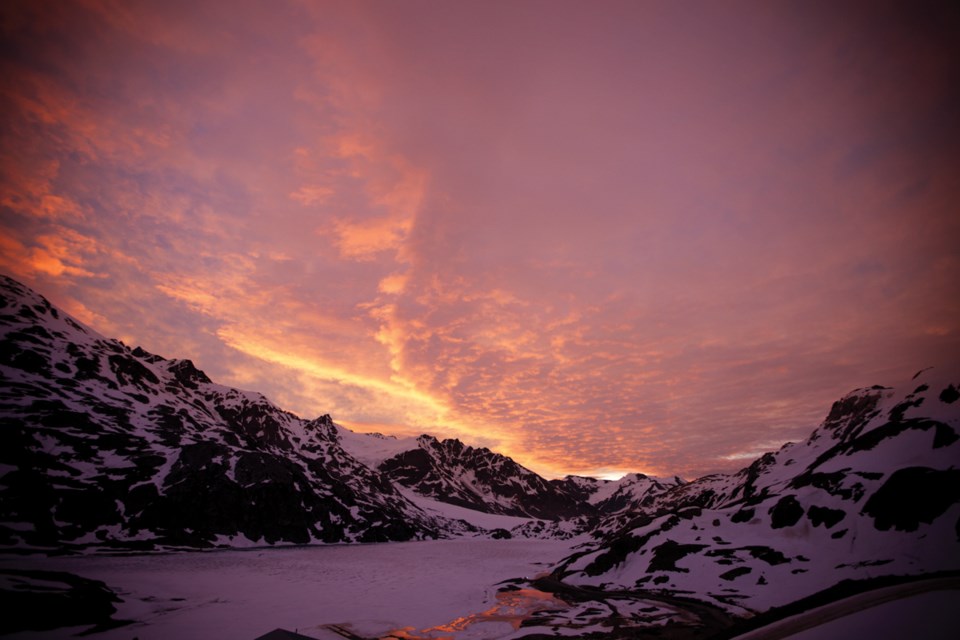
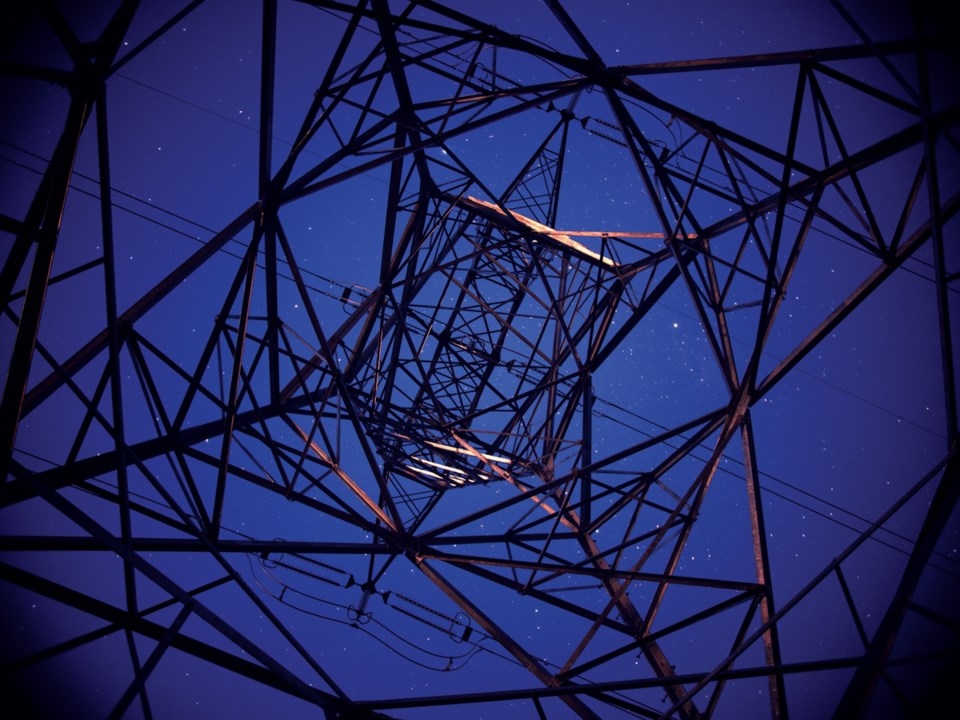
For Wild, the stakes are high: sustainability and dependence on fossil fuels are issues that aren’t going away.
“I feel that we’re all facing this mutual, very big project of creating a sustainable world, and it’s going to have to involve a conversation that has all of the players at the table, and right now, I’m finding the rhetoric to be dangerous. I think it’s polarizing people,” says Wild.
Wild hopes that KONELĪNE: our land beautiful will give audiences pause to consider opposing points of view. “I want my audience to go to those contradictions, and do it through art,” says Wild. “In terms of the big picture politically, art has a huge role to play.”
